Note: This website was automatically translated, so some terms or nuances may not be completely accurate.
Manipulating perspective to become the "eye of the camera"
I once embarked on a trip around the world. It was the spring of my 38th year.
I'd love to say I quit my job and spent a year backpacking around the world as a recharge period, but that wasn't the case. It was a two-week trip using my paid vacation days.
It happened to coincide with my wedding timing, so I used the unbeatable excuse of a "honeymoon" (because everyone blesses and sends you off for that) to make it happen. That said, I never imagined a trip around the world could be done in just two weeks.
As a kid, I was captivated by the animated film "Puss in Boots: Around the World in 80 Days" (Toei) at the cinema. Even as an adult, I devoured Sawaki Kotaro's travelogue "Midnight Express" (Shinchosha), vowing, "Someday, I absolutely will!" and holding that dream of traveling abroad close to my heart.
Realistically, I thought it might be impossible until after retirement, but I still aimed to go while young if the chance arose. I always let my imagination run wild, thinking "Wouldn't it be great if that happened~". In my mind alone, how many times have I circumnavigated the globe...
When we started planning our honeymoon, we'd vaguely decided on Easter Island in Chile. Without even knowing how to get to this island floating alone in the middle of the Pacific, I stumbled into a travel agency in Shinjuku and unexpectedly stumbled upon a chance.
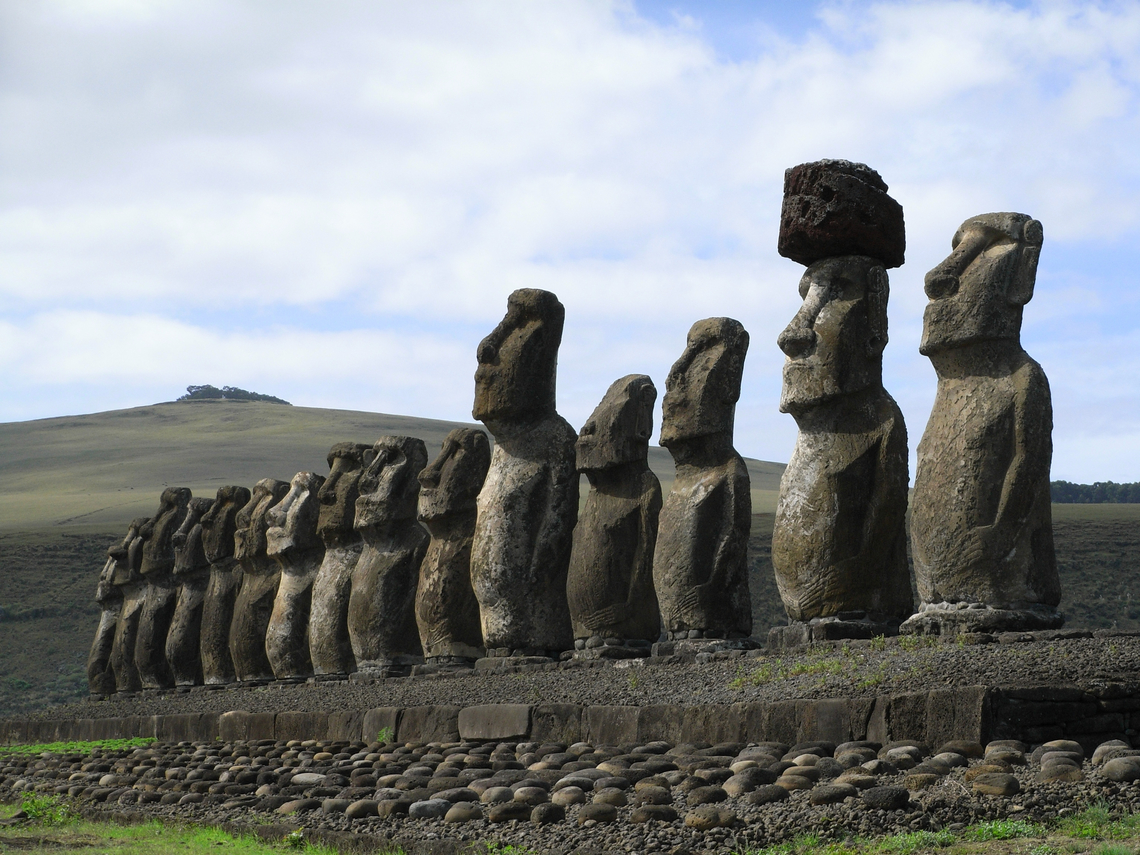
What humans can imagine, humans can achieve.
At the travel agency counter, I said, "I'd like to take about ten days off to go to Easter Island..." The female clerk began searching earnestly, tapping away at her computer terminal. After a while of taking notes efficiently, she calmly said, "If you can extend the period to about two weeks, I recommend using a round-the-world ticket." She didn't seem to be suggesting anything particularly unusual.
"Huh... two weeks? A round-the-world ticket?" I was dumbfounded. "By the way, I've put together a recommended itinerary for you. Take a look," she said, handing me a schedule. It listed various airline names, flight numbers, and departure/arrival times. It was a round-the-world plan departing from Japan, heading westward around the globe, and returning neatly within two weeks. Of course, it included my desired destination, Easter Island.
Something I'd dreamed of since childhood suddenly appeared before me as a tangible reality. I hesitated for a moment, but immediately fired off a barrage of questions, eagerly soaking up all the information the clerk shared. By the time I left the shop, I was completely set on embarking on that round-the-world trip.
After refining the plan, I successfully completed my two-week round-the-world trip via Tokyo → Ho Chi Minh City (Vietnam) → Barcelona (Spain) → Easter Island (Chile) → Montego Bay (Jamaica) → Miami (USA) → Tokyo.
This was back in the days before smartphones were common, so needless to say, it was quite an adventure relying solely on guidebooks. Looking back now, I'm amazed we actually made it back on schedule. The time spent on planes and in airports was substantial. Even so, in each city we visited, we energetically explored and thoroughly enjoyed the unique pleasures of each place. Of course, we encountered various troubles, big and small...
But what was truly fortunate was meeting shopkeepers who offered value beyond what I sought. And being able to seize those opportunities without hesitation, acting immediately, was likely because I'd always imagined how nice it would be if that happened, waiting for the chance.
Jules Verne, author of Around the World in Eighty Days, famously said, "Whatever the human mind can conceive, it can achieve." Perhaps it was precisely because I never gave up imagining things since childhood that I was able to attract luck as opportunity.
Announce your imagination to those around you
In my book "Improving Your Mental Constitution" (Nikkei Publishing), I wrote a column titled "Save Your 'Wouldn't It Be Nice' Moments" and "Carry Your WISH List." By regularly imagining things like "I'd like to do this" or "Wouldn't it be nice to have that," your creativity grows, and when the time comes, you can act decisively.
And to bring your imaginings closer to reality, it's crucial to share them with various people around you. Exposing what's inside your head might feel embarrassing, but if you don't announce it, opportunities and triggers won't just come to you on their own.
Conversely, someone might take notice and reach out, thinking it could connect to something. Things rarely work out immediately, but unexpected opportunities or triggers can appear a year later, or even ten years down the line, just when you've forgotten about them.
This holds true for both work and personal life. Regularly letting your imagination wander—"I want to do this," "I want to do that"—and communicating those thoughts to others. Maintaining that awareness and keeping your mind active is also a form of "mental exercise."
When interacting with children, this is perfectly natural. If we stay true to human instinct, telling someone "I want to do this" or "I want to do that" comes easily. But as we grow into adults, common sense and preconceptions take precedence, sealing away that instinct.
To loosen that up, we need to stretch and train our minds in daily life—that's where "mental gymnastics" comes in. You can't just suddenly be told to unleash your imagination and do it right away. Still, if you don't know what to imagine in your daily life,
So why not start by thinking freely about things that make you grin with joy, things you'd love to do, or things you wish existed? Set aside whether they're achievable for now. Just let your mind wander freely, and your instincts should start to awaken.
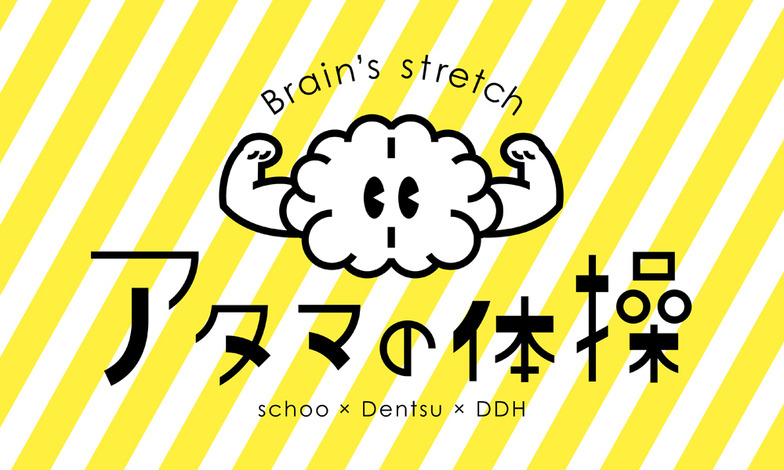
If you practice these "mental exercises" to sharpen your imagination on a regular basis, your ability to generate ideas will naturally develop. To provide you with that starting point, we held a class titled "Mental Exercises" on the fourth Friday of every month for six months, from May to October, on the online video learning service "Schoo".
There, we publicly demonstrated idea-generation training with three planners from Dentsu Inc. in an Oogiri-style format. We also unveiled the foundational "idea generation methods," mindset, and secrets that form the blueprint for these mental exercises.
Partially adapting restaurant norms to the office
In the final class broadcast on October 28th, we held an idea battle under the theme "Innovative Hospitality for Visitors That Changes Company Impressions." While it seems to have decreased significantly lately, when visiting a company for a business meeting, you might be offered freshly brewed hot tea or cold barley tea, allowing you to quench your thirst or take a relaxing break.
Especially after traveling in the heat, drenched in sweat, it serves as a refreshing pick-me-up before the meeting, helping you shift your mindset. I was surprised to hear from someone at a pharmaceutical company that many firms keep energy drinks in the office refrigerator specifically for visitors.
While I haven't personally experienced this, I can imagine that if I ever encountered such a situation, I'd surely remember that company. In fact, among the hospitality I've received, "hand towels" and "drink menus" stand out most vividly.
Some companies offer "moderately warmed hand towels" on cold days and "rock-cold hand towels" on hot days. These aren't disposable paper ones, but proper, substantial towel-like ones. It always felt soothing, and I'd look forward to visiting. While common in restaurants, it felt unusual in a company setting, and I was genuinely touched by the thoughtfulness.
At one company, when I was led to a meeting desk and asked "Which would you like?" while presented with a "drink menu," I honestly felt like I'd hit the jackpot. What they served might have been juice or tea poured from a plastic bottle, but the joy of choosing made me forget about work for a moment. This too likely works because of the gap between doing something commonplace in a restaurant within an office setting.
In each case, these ideas stem from the "partial transformation" approach to brainstorming we've covered in this series. They're clear examples of how you can move people without doing anything extravagant.
Now, let's introduce a few ideas born from this online class.
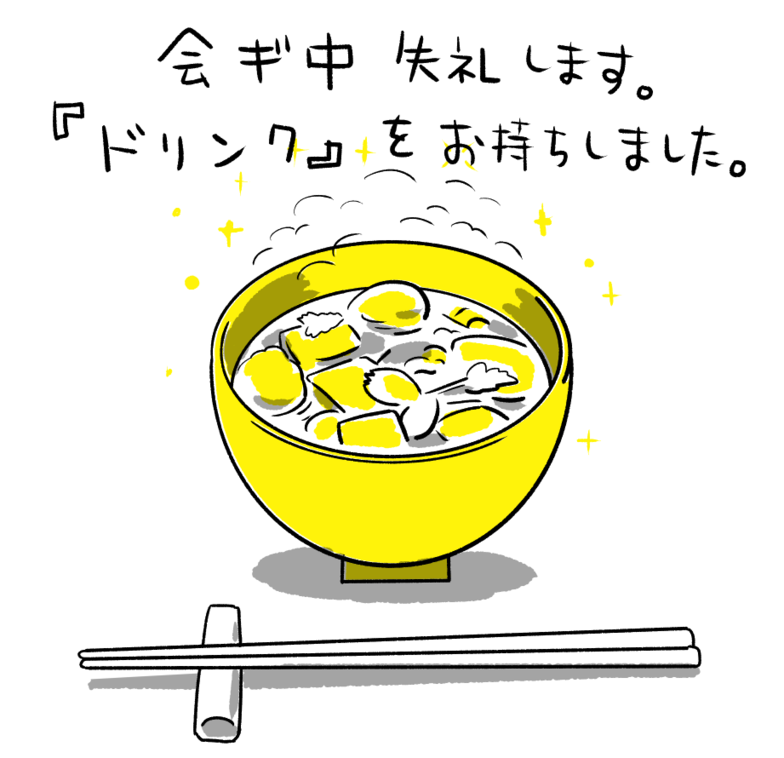
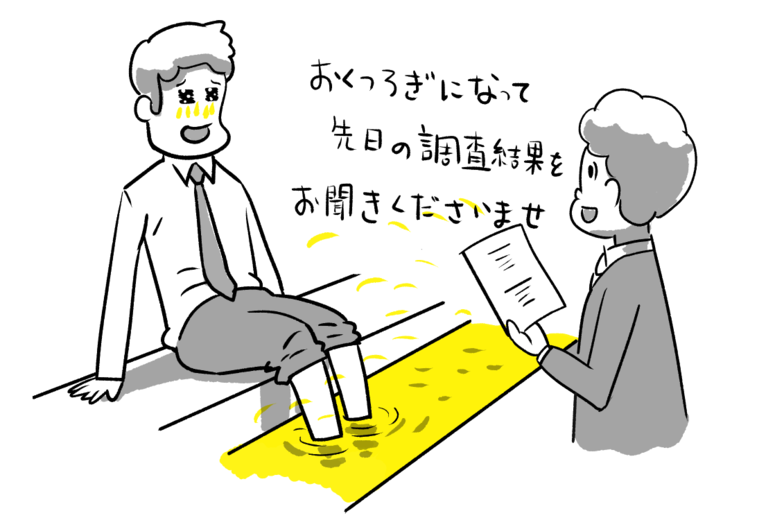
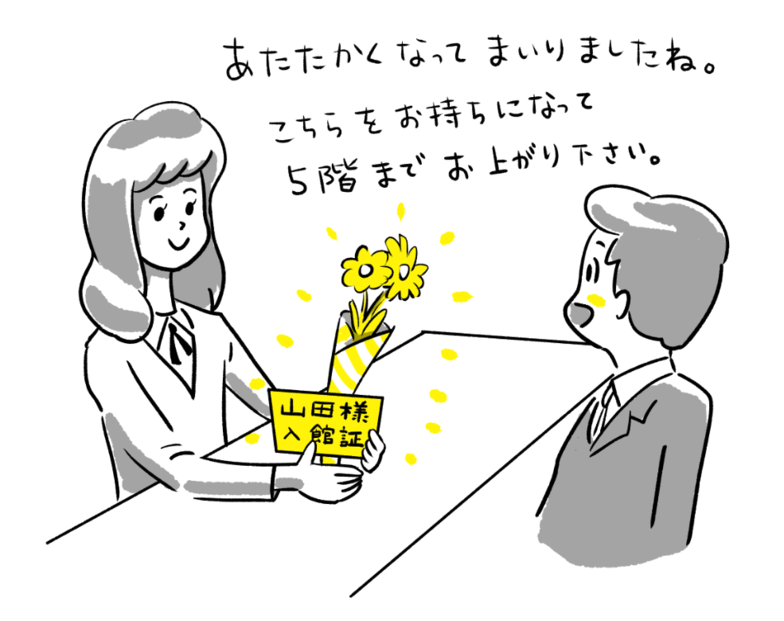

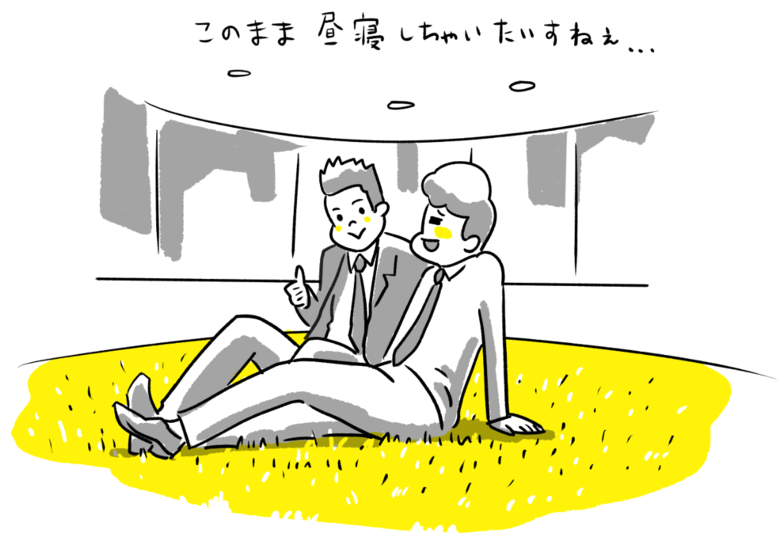
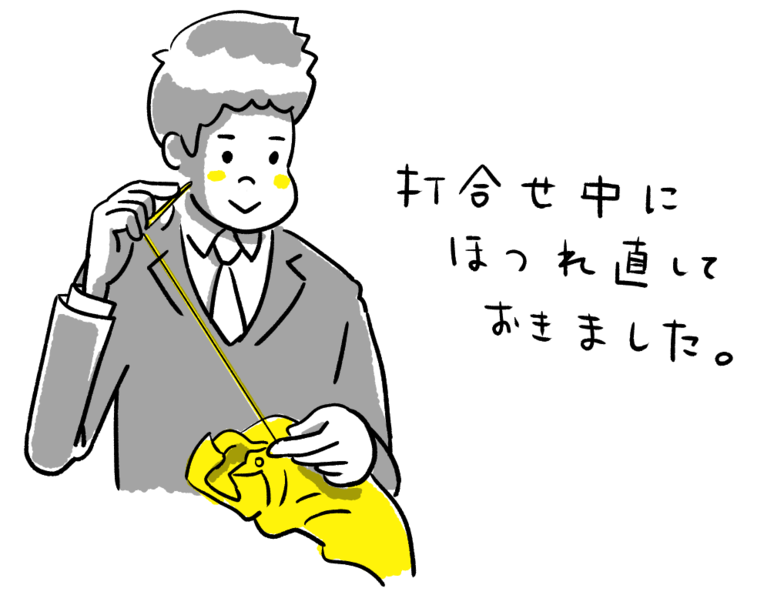
Since this was the final class, we held a head-to-head competition between the students and our planners, racing to see who could generate more ideas within a 60-minute time limit. The result was 384 to 94—we lost. While we had a few handicaps, it still stings to lose. However, we were thrilled that this class set a record for the highest number of online submissions in any "Schoo" class to date and generated tremendous excitement.
Discovering new perspectives beyond everyday viewpoints
Our job as planners demands a constant flow of ideas. We must mass-produce them within tight timeframes. Only one might be adopted, but until then, we endlessly cycle through generating ideas, discarding them, and generating more...
Since running out of ideas would make our work impossible, we have several different ideation methods. Both in our online classes and in this series, we conceptualize and verbalize these, presenting them as templates for mental exercises—essentially, "ideation methods."
Following the previously introduced methods—"Extremization,""Partial Transformation," "Metamorphosis," "Addition/Subtraction," and "Frame-by-Frame" —this time we present the sixth: "Camera's Eye." Observe things from perspectives you'd never normally see. This method involves zooming in gradually to scrutinize, then zooming out dramatically to survey the whole. It means looking from above, below, circling around to view from angles or behind, or even stepping further in to see from the back side.
The announcement of the Ig Nobel Prizes, awarded for "research that makes people laugh and then think," took place in September. The "crotch peep" technique—bending over and viewing the world through one's legs—won an award and became a hot topic. This research, conducted by Professor Atsunori Higashiyama of Ritsumeikan University and Professor Kohei Adachi of Osaka University, investigated whether viewing objects through one's legs changes perception. They demonstrated the "crotch-viewing effect," where objects appear smaller than they actually are.
Beyond the research content itself, the idea of viewing the world upside down through one's legs is brilliant. While it seems to have originated as a custom for enjoying the scenery at Amanohashidate (Kyoto Prefecture), one of Japan's Three Scenic Views, it serves as a clear example of how viewing things from a perspective we don't normally adopt can lead to new discoveries.
When we get caught up in common sense or preconceptions, or swept away by the daily rush, our field of vision inevitably narrows. Our perspective becomes fixed, and not only do the same familiar scenes pass by, but sometimes we don't even remember what we saw.
Shifting your angle slightly, stepping back to view the whole, or moving closer to scrutinize minute details... within these actions lie discoveries usually overlooked. Let's explore several examples where such practices led to idea generation.
Ideas aren't made; they're found.
When I was a rookie planner, a senior colleague I worked with on magazine projects once said to me, "Magazines are always viewed with the cover facing forward in bookstores, or held in your hands, right? Let's try standing them up." And so, we began placing magazines upright on the table one after another. Some magazines couldn't stand on their own and fell over, while others stood firmly.
Most of the ones that stood upright were women's fashion magazines. That's because women's fashion magazines are quite thick. Standing them up made you really notice the thickness of the spine and stare at it. While we often discussed the editorial content before, this perspective sparked ideas like, "They must be too big and heavy for women's hands," and "Sometimes they don't fit in a bag when you want to carry them around."
Though not realized at the time, someone likely had a similar idea later, leading to the publication of a smaller, B5-sized bag-friendly version of women's magazines. Had we been bound by the conventional wisdom or preconceptions about what a magazine should look like, this idea probably wouldn't have emerged.
I was impressed by the eco-caps for plastic bottles featured in the "Trend Egg" segment on "World Business Satellite" (TV Tokyo network). They're a product that pays attention to the details. The cap on a plastic bottle is designed so that when you open it, a part of the ring detaches and becomes the drinking spout. I only learned this when it was explained to me. Even though I drink from these bottles almost daily, I had never noticed.
The eco-cap introduced kept the ring and cap connected at a single point, preventing them from completely separating while drinking. This stops the cap from getting lost mid-drink. When discarding, a slight pull on the cap detaches the ring too, allowing for proper recycling separation.
Apparently, manually separating these rings when disposing of PET bottles has been extremely costly. You could say this solution was born from noticing a detail in the design.
Due to my line of work, I've seen countless advertising campaigns over the years, some of which had a profound impact on me. One such example is the "Tyrant Habanero Loser Campaign" launched by Tohato about ten years ago, which brilliantly expressed the product's worldview through a reversal of conventional thinking.
It flipped the traditional "buy a product to win a prize" approach, instead announcing "one person will be selected as the loser," creating buzz among consumers by introducing a sacrificial victim. The prizes themselves, like the headless T-shirt "Dame T" or the "Ultra-Thin Hair Toothbrush" with only one bristle, made the entire campaign a meticulously crafted setup, from its broad concept down to the smallest details.
This kind of conceptual, reverse perspective is one approach to the "camera's eye" way of thinking. Rather than just observing physical things, using your imagination to re-examine things from various angles, as if through a camera's eye, can lead to new discoveries.
Ideas aren't made; they're found. That's what I believe. Therefore, I trust that anyone can generate ideas by changing their perspective or mindset. However, consistent training is essential. I recommend incorporating "mental exercises" into your routine during spare moments, alongside your usual activities, to prepare for idea generation in work or other contexts.
As I've repeatedly emphasized in both online classes and this series, start by consciously focusing on the ordinary things around you. Don't let common sense or preconceptions trap you into casually overlooking or easily dismissing them. Then, utilize the six "mental exercises" (idea generation methods) introduced so far to observe and think. If you persist with this over time, you will inevitably stand out from others. Why not start putting this into practice tomorrow? No, why not start right now?
This marks the final installment of this series. Additionally, the six-part lecture series on the online video learning service "Schoo" concluded on October 28th last month. Recorded lecture content is available for viewing (for a fee), so please do check it out if you're interested. Finally, to everyone who read this series and to everyone who took the "Schoo" lectures, thank you so much!
Was this article helpful?
Newsletter registration is here
We select and publish important news every day
For inquiries about this article
Back Numbers
Author

Shinji Muto
Dentsu Inc.
SCC
Creative Director / Planner
Joined Dentsu Inc. in 1992. After three and a half years in sales at the Shizuoka branch, transferred to the Planning Department at Tokyo headquarters. Since then, work has spanned beyond advertising planning and production to encompass overall communication design, product and new business planning, and creative direction for content. Currently affiliated with CDC. Has also been active in educational institutions, including as a visiting researcher at Keio University's SFC Research Institute and as a lecturer at universities and elementary schools. In publishing, has been involved in planning for books such as Kiyoshi Shigematsu's "Dreams: Continuing the Pitch!" (Asahi Shimbun Publications), Hiroshi Shimizu's "Beyond the 'Solo Victory' Civilization" (Mishima Publishing), and Papaya Suzuki's "Kazufumi-kun" (Asahi Shimbun Publications), and also produces children's picture books. His authored books include <a href="http://www.dentsu.co.jp/knowledge/publish/concerned_creative/atama.html" target="_blank">"Improving Your Brain's Constitution"</a> (Nikkei Publishing) and <a href="http://www.dentsu.co.jp/knowledge/publish/concerned_social/ojii_obaa.html" target="_blank">"Grandpa and Grandma's Okinawan Rock 'n' Roll"</a> (Poplar Publishing).

